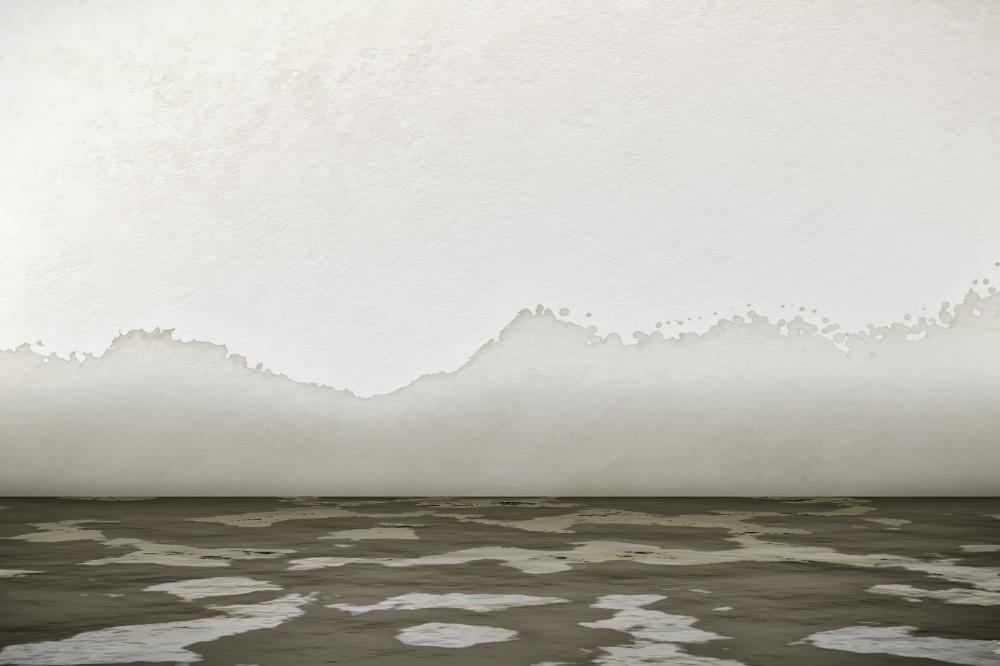How to Stop Bathroom Water Damage
How to Stop Bathroom Water Damage
Blog Article
What're your thoughts and feelings about How to Repair and Prevent Bathroom Water Damage??

Water damage usually occurs in the bathroom as a result of the water utilized day-to-day. Often, the damage could be a little mold and mildew from the shower. Other times, it's substantial damage on your flooring. Whatever it is, it is always excellent to understand the reason as well as stop it before it takes place.
This guide will certainly undergo several of the typical sources of water damage in the shower room. We will likewise analyze what you can do to avoid these reasons from damaging your washroom. Let's dive in.
These are the usual reasons you would certainly have water damage in your bathrooms as well as just how you can find them:
Excess Dampness
It's awesome to have that lengthy shower and sprinkle water while you dance around as well as imitate you're carrying out, yet sometimes these acts might create water damage to your bathroom.
Sprinkling water around can create water to visit edges and develop mold and mildews. Watch exactly how you spread out excess dampness around, and when you do it, clean it up to avoid damages.
Cracks in your wall surface floor tiles
Bathroom wall floor tiles have actually been specially created for that objective. They protect the wall from wetness from individuals taking showers. However, they are not unbreakable.
Often, your washroom wall ceramic tiles fracture and also permit some moisture to seep right into the wall surface. This can potentially destroy the wall if you don't take any kind of activity. If you notice a crack on your wall ceramic tiles, repair it quickly. Do not wait until it destroys your wall.
Overflowing bathrooms as well as sinks
As human beings, occasionally we make mistakes that could cause some water damage in the restroom. For instance, leaving your sink tap on might trigger overruning and also damages to various other parts of the washroom with dampness.
Also, a faulty toilet could cause overflowing. For example, a broken toilet handle or other parts of the cistern. When this happens, it could harm the flooring.
As quickly as you see an overruning sink or commode, call a plumbing professional to aid manage it promptly.
Ruptured or Dripping Pipes
There are numerous pipes carrying water to different parts of your bathroom. Some pipelines take water to the commode, the sink, the faucets, the shower, as well as lots of other places. They crisscross the small location of the washroom.
Occasionally, these pipelines might get rusty and ruptured. Various other times, human action could cause them to leakage. When this occurs, you'll discover water in the corners of your bathroom or on the wall surface.
To identify this, watch out for bubbling wall surfaces, mold and mildews, or mildew. Call a professional emergency plumbing professional to repair this when it happens.
Roof Leakages
Often, the problem of water damage to the washroom may not come from the bathroom. As an example, a roofing leak can trigger damage to the washroom ceiling. You can identify the damage done by looking at the water spots on the ceiling.
If you find water discolorations on your ceiling, inspect the roof covering to see if it's damaged. Then, call an expert to help address the problem.
Conclusion
Water damage to your washroom can be bothersome. However, you can manage it if you avoid several of the causes mentioned in this overview. Call a professional emergency situation plumber if you see any type of extreme damage.
How to Prevent Water Damage in Your Bathroom?
Water damage repair is an expensive, meticulous, and lengthy process. Unfortunately, bathrooms are the most susceptible rooms to water damage due to toilets, showers, and sinks. Pipes and fixtures wear out over time and are not immune to damage. But all is not lost, as there are ways to prevent water damage from occurring in your bathroom.
Check Your Plumbing
Nothing lasts forever, especially pipes, which can rust and begin leaking over time. You should periodically conduct pipe inspections and pay attention for any musty smells or water stains that may indicate you need water damage repair. Here are some things to check:
Frequently test valves for your toilet, shower, and sink to ensure they are properly working. Check faucet supply lines hidden under vanities and replace when needed. Replace cracked or deteriorating caulking along sinks, tubs, and showers. If you notice a clog in your sink, call in a professional. Since you can’t check the pipes in the wall, keep an eye out for stains, drywall bubbling, musty smells, and excess moisture; if the bathroom is on a second level, check the ceiling of the room directly below for these signs. Don’t Overwork Your Toilet
One of the most common reasons bathrooms need water damage repair is due to overflowing toilets. Save yourself the hassle of cleanup by being mindful and not pushing your toilet to extreme limits. If you have young children, it is especially important to keep an eye on them when they are in the bathroom and to teach them how to avoid clogging the toilet. Here are some more tips to help prevent your toilet from overflowing:
If you have a septic tank, only use septic-safe toilet paper Do not flush anything down the toilet besides toilet paper; items like diapers and sanitary napkins will clog the piping Pay attention to your toilet’s water level: If it’s low, it could mean it is partially clogged or that there is a crack in the toilet bowl https://www.alure.com/home-improvements-blog/resources/how-to-prevent-water-damage-in-your-bathroom

I was shown that article about How to Repair and Prevent Bathroom Water Damage? through someone on our other website. Do you know somebody who is sincerely interested in the subject? Do not hesitate to promote it. Many thanks for your time. Visit us again soon.
Book 24/7 Report this page